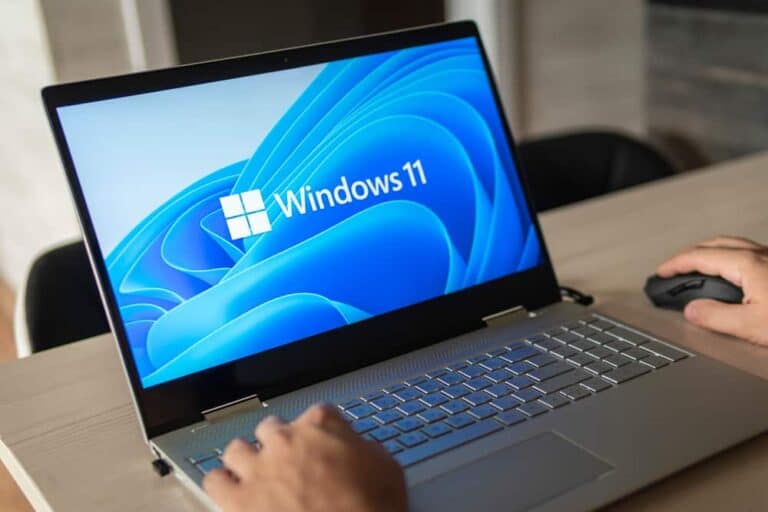KB5041585 will become an infamous example in the history of Windows updates. Despite the fact that the update implemented several improvements and fixes, it also causes problems.
The release of KB5041585 aims to fix CVE-2024-38063, which gives attackers the ability to take over a system if it uses IPv6. In other words, it is an essential update to implement.
Another target of KB5041585 was also the persistent BitLocker BSOD problem. After entering the correct BitLocker key, some Windows systems still did not open and a Blue Screen of Death eventually appeared. That bug is now said to have been fixed.
Still problems
As is often the case, however, the new Windows update causes new problems. Towering CPU usage leads to undesirable temperatures, unnecessary power consumption and a slower running system. It is not yet clear what causes this.
Other systems manage not to install the update at all, leaving the IPv6 vulnerability. Microsoft therefore urges you to install this update. Those who want to ensure that the update actually lands on their system can still switch to KB5041585 via a roadmap from Windows Latest.
What is the update guilty of?
It is difficult to determine what other Windows problems were caused by the update. For example, one online user states that the Wi-Fi connection does not connect to the Internet or slows down tremendously. Even uninstalling did not seem to be enough, after which the update still “surreptitiously” reinstalled. Another user with problems experienced multiple BSODs, so the possible effects of KB5041585 vary widely.
Another recurring phenomenon is that Windows users who do not experience problems rarely report it. Therefore, it is difficult to determine the exact scale of the problem. Nevertheless, the number of reports from dissatisfied users is significantly higher and of a more serious nature than usual. Several applications are blamed for high memory usage via the dialog box, even though that software is not the culprit. So something seems to be going wrong with Windows’ resource management, leading to misleading notifications within Windows itself.
